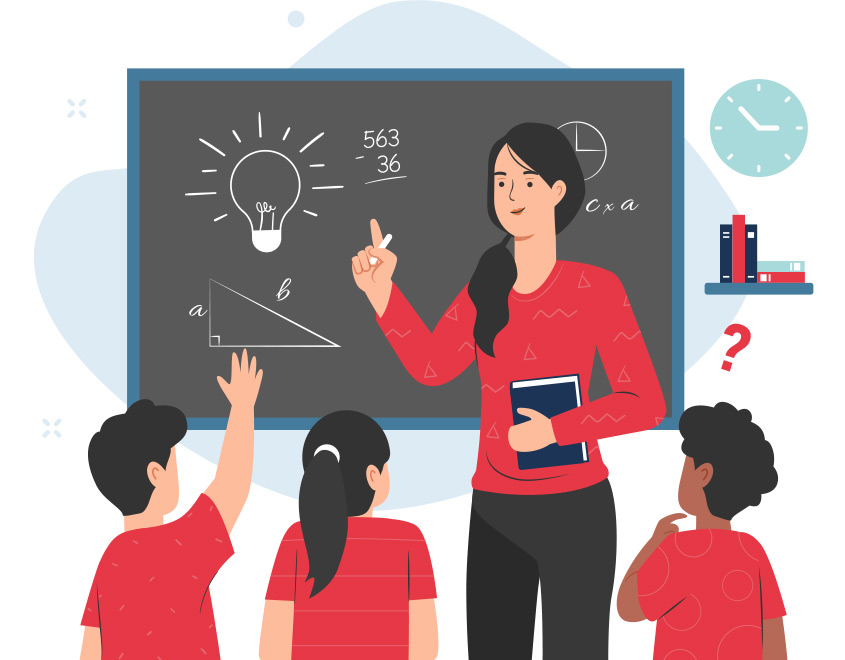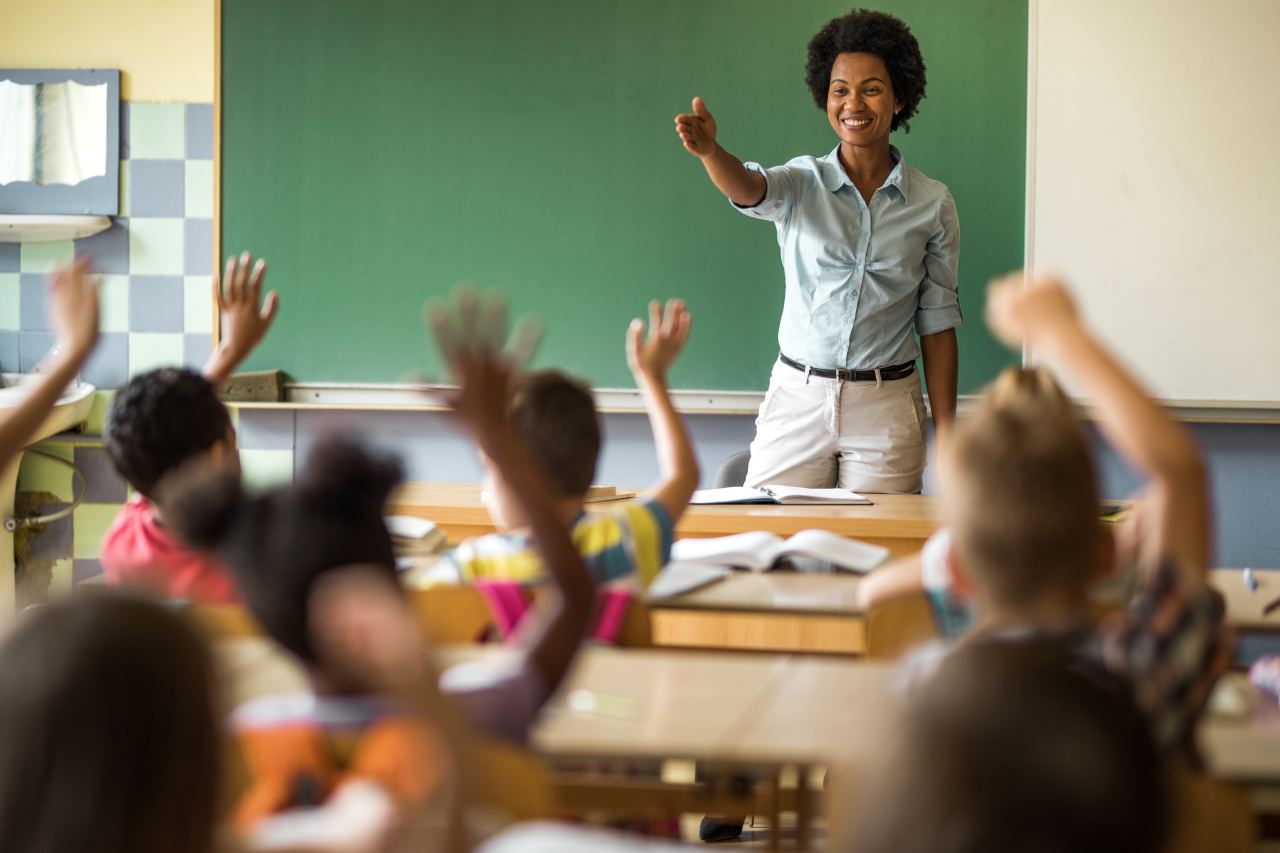Personalized Primary Science Tuition Singapore to Cater to Your Child’s Needs
Wiki Article
Exploring the Different Teaching Strategies in Key Science Education Today
The landscape of primary science education and learning is progressing, with numerous teaching strategies obtaining importance in contemporary classrooms. Inquiry-based understanding, hands-on experiments, and the assimilation of technology are redefining how teachers engage young minds. In addition, collective methods and distinguished direction are being employed to satisfy the diverse needs of pupils, boosting both interaction and understanding. As we examine these methodologies, concerns arise about their efficiency and the ramifications for future instructional practices. What might these shifts in technique mean for the next generation of learners?Inquiry-Based Discovering
Inquiry-Based Knowing (IBL) is a pedagogical approach that motivates pupils to discover scientific principles through questioning, investigation, and hands-on experimentation. This approach emphasizes the duty of students as active individuals in their knowing, advertising critical reasoning and analytical abilities. By engaging with real-world inquiries, students end up being inspired and interested, which enhances their understanding of clinical concepts.In IBL, teachers serve as facilitators, guiding students as they browse their queries instead than delivering details straight. This student-centered strategy enables for differentiation, suiting various discovering styles and rates. Students create skills in creating theories, creating experiments, and examining information, which are important for clinical literacy.
Additionally, IBL fosters partnership amongst pupils, encouraging them to share findings and concepts. This collective questions promotes social abilities and a feeling of neighborhood within the class. Additionally, the procedure of questions motivates resilience, as pupils learn to accept failure as a tipping rock toward understanding.
Hands-On Experiments
Hands-on experiments are a crucial component of efficient science education, complementing the concepts of inquiry-based understanding. These experiments permit trainees to engage straight with clinical principles, cultivating a deeper understanding through experiential learning. By adjusting materials and observing results, young learners can grasp abstract concepts in concrete means.Such tasks promote critical reasoning and analytical abilities, as students assume end results, conduct experiments, and examine outcomes. This procedure motivates them to ask inquiries, improve their understanding, and develop a scientific state of mind. Hands-on experiments can be tailored to diverse discovering designs, ensuring that all students have the opportunity to engage meaningfully with the web content.
Furthermore, hands-on experiments usually motivate partnership amongst peers, promoting teamwork and communication abilities. Working in teams enables students to share ideas, go over findings, and pick up from each other, which enhances their general educational experience.
Incorporating hands-on experiments into the key scientific research curriculum not just improves the discovering setting but likewise grows a long-lasting interest in science. By actively joining their education and learning, students are more likely to develop an enthusiasm for clinical questions that prolongs beyond the classroom.

Innovation Assimilation
Incorporating modern technology into main science education and learning has come to be progressively necessary in fostering pupil involvement and improving learning end results. The usage of electronic devices, such as interactive simulations, online labs, and educational software application, provides students with possibilities to explore clinical principles in innovative ways. These sources help with a much deeper understanding of complicated subjects by allowing students to picture and look at here manipulate variables that would certainly be not practical in a standard classroom setting.Additionally, innovation assimilation motivates personalized learning experiences. Trainees can proceed at their own speed, revisiting difficult principles through multimedia sources, which satisfy different understanding styles. This adaptability not only sustains individual growth yet likewise cultivates a feeling of freedom in students.
In addition, modern technology functions as a bridge to real-world science, connecting pupils with current research study and specialist payments. Access to on the internet data sources and scientific journals expands students' point of views on clinical query and promotes crucial thinking skills.
Collaborative Learning
Collaborative learning plays a crucial duty in primary science education and learning by promoting teamwork and interaction skills among trainees. This approach urges students to function together, share understanding, and participate in analytic, which improves their understanding of scientific principles. By taking part in group tasks, students learn to express their concepts, pay attention to diverse viewpoints, and discuss options, every one of which are essential abilities in both real-world and scholastic contexts.
Research study suggests that collaborative knowing can cause increased motivation and interaction in scientific research subjects, as pupils locate enjoyment in common experiences (primary science tuition Singapore). Furthermore, this technique prepares pupils for future collaborative endeavors, outfitting them with the abilities necessary for effective synergy in college and professional environments. Eventually, embracing joint understanding in main science education and learning can considerably enrich the learning experience and promote a much deeper understanding of scientific query
Distinguished Direction

Set apart instruction can manifest in numerous means, such as differing the material, processes, or products of knowing. For circumstances, educators might utilize tiered projects that offer varying degrees of complexity, allowing pupils to operate at their respective preparedness levels. Additionally, adaptable grouping strategies can help with collaboration among trainees with different capabilities, promoting peer learning.
Analysis plays an essential duty in this method, as it notifies guideline and helps teachers understand each student's distinct requirements. Developmental evaluations, such as monitorings and quizzes, can lead educators in changing their methods to boost discovering end results. primary science tuition Singapore. Ultimately, by implementing separated guideline in key scientific research education and learning, educators can grow a much more effective and equitable discovering environment, empowering all trainees to reach their full capacity in comprehending clinical sensations
Verdict
In summary, the diverse teaching strategies in main science education, consisting of inquiry-based learning, hands-on experiments, modern technology integration, joint learning, and set apart instruction, jointly add to an extra reliable discovering setting. These techniques promote essential reasoning, problem-solving skills, and a deeper understanding of scientific concepts. By implementing these methods, instructors can create encouraging and engaging classrooms that resolve the diverse requirements of trainees, ultimately cultivating a lifelong passion in science and improving scholastic achievement.Inquiry-Based Understanding (IBL) is a pedagogical method that motivates trainees to check out scientific ideas via questioning, investigation, and hands-on testing.Collective learning plays a crucial duty in main scientific research education by cultivating teamwork and communication skills amongst trainees.Study suggests that joint knowing can lead to raised inspiration and interaction in scientific research topics, as pupils locate satisfaction in common experiences.In promoting an inclusive learning atmosphere, separated direction arises as an essential technique site to accommodate the varied needs and abilities of trainees in primary science education. Eventually, by executing separated guideline in key scientific research education, instructors can grow an extra equitable and effective knowing environment, empowering all students to reach their complete potential in understanding scientific phenomena.
Report this wiki page